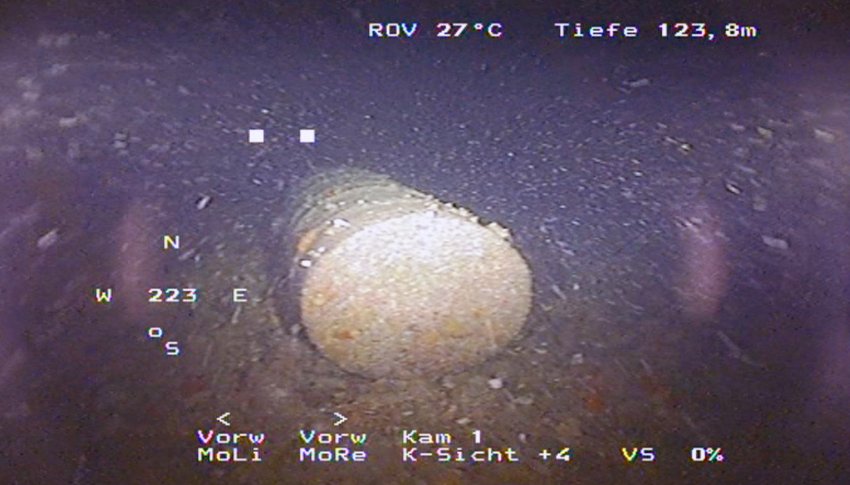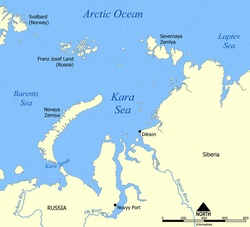The real situation at the Fukushima nuclear plant is of course much more dire than we are told.
Closer to the truth:
– Fallout Researcher: Fukushima Worst Case Scenario Could Result In BILLIONS Of DEATHS
– Radioactive Water Leaks from Fukushima: What We Know (Scientific American, Aug 13, 2013):
The lingering questions include how the radioactivity might contaminate ocean life that humans eat
Here is what you need to know about the radioactive water leaking from Japan’s Fukushima nuclear plant into the Pacific Ocean.
Scientists on both sides of the Pacific have measured changing levels of radioactivity in fish and other ocean life since the March 2011 earthquake and tsunami triggered a nuclear meltdown at Japan’s Fukushima Daiichi nuclear plant. On Aug. 2, 2013, when Japan’s Tokyo Electric Power Co. (TEPCO) gave its first estimate of how much radioactive water from the nuclear plant has flowed into the ocean since the disaster, the company was finally facing up to what scientists have recognized for years.
“As an oceanographer looking at the reactor, we’ve known this since 2011,” said Ken Buesseler, a marine chemist at the Woods Hole Oceanographic Institute in Woods Hole, Mass. “The news is TEPCO is finally admitting this.”
TEPCO estimated that between 20 trillion and 40 trillion becquerels (units of radioactivity representing decay per second) of radioactive tritium have leaked into the ocean since the disaster, according to the Japanese newspaper Asahi Shimbun. The Fukushima plant is still leaking about 300 tons of radioactive water into the ocean every day, according to Japanese government officials. [Infographic: Inside Japan’s Nuclear Reactors]
Read moreRadioactive Water Leaks From Fukushima: What We Know (Scientific American)





